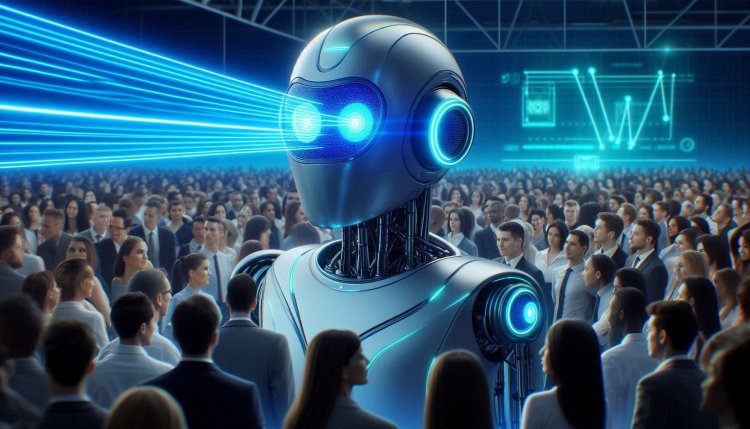Edge-to-Cloud AI Orchestration
Unlock the power of Edge-to-Cloud AI Orchestration to seamlessly manage and optimize your AI workflows for maximum efficiency and performance.

Edge-to-Cloud AI Orchestration
Edge-to-Cloud AI orchestration is a process that involves the seamless integration and coordination of artificial intelligence (AI) algorithms and models across edge devices and cloud platforms. This approach allows for the efficient distribution of computational tasks between edge devices (such as sensors, cameras, and other IoT devices) and cloud servers, optimizing the overall AI system performance.
Benefits of Edge-to-Cloud AI Orchestration
There are several key benefits to implementing edge-to-cloud AI orchestration:
- Low Latency: By processing data and running AI algorithms on edge devices, latency is reduced as there is no need to send all data to the cloud for processing. This is particularly important for time-sensitive applications such as autonomous vehicles or industrial automation.
- Bandwidth Optimization: Edge devices can preprocess data and send only the relevant information to the cloud, reducing the amount of data that needs to be transmitted over the network. This helps in optimizing bandwidth usage and reducing costs.
- Privacy and Security: Data can be processed locally on edge devices, ensuring sensitive information does not leave the device and reducing the risk of data breaches. This is critical for applications that handle personal or confidential data.
- Scalability: Edge-to-cloud AI orchestration allows for flexible scaling of AI workloads by distributing tasks between edge and cloud resources based on demand. This ensures that the system can adapt to changing requirements without compromising performance.
- Reliability: By distributing AI processing tasks across edge and cloud resources, the system becomes more resilient to failures. Even if one part of the system goes down, other components can continue to function, ensuring continuous operation.
Components of Edge-to-Cloud AI Orchestration
The key components of edge-to-cloud AI orchestration include:
- Edge Devices: These are the physical devices located at the network edge, such as sensors, cameras, and IoT devices. They collect data from the environment and often have limited computational resources. Edge devices can preprocess data, run lightweight AI models, and send processed information to the cloud for further analysis.
- Edge Gateway: The edge gateway acts as a bridge between edge devices and the cloud. It aggregates data from multiple edge devices, preprocesses the data, and sends relevant information to the cloud for further processing. The edge gateway helps in optimizing data transmission and reducing latency.
- Cloud Infrastructure: The cloud infrastructure consists of powerful servers and data centers that can handle large-scale AI computations. Cloud platforms provide resources for training complex AI models, storing and analyzing data, and running AI algorithms that require significant computational power.
- AI Orchestration Layer: The AI orchestration layer manages the distribution of AI tasks between edge devices and the cloud. It determines where to run AI algorithms based on factors such as latency requirements, computational resources, and data privacy considerations. The orchestration layer ensures that the AI system operates efficiently and effectively across edge and cloud environments.
Challenges of Edge-to-Cloud AI Orchestration
While edge-to-cloud AI orchestration offers many benefits, there are also challenges that need to be addressed:
- Resource Constraints: Edge devices often have limited computational resources, storage capacity, and power constraints. Running complex AI models on edge devices can be challenging and may require optimization techniques to ensure efficient operation.
- Network Connectivity: Reliable network connectivity is essential for edge-to-cloud AI orchestration. Any disruptions in communication between edge devices and the cloud can impact the performance of the AI system. Strategies such as edge caching and local processing can help mitigate network issues.
- Data Security: Ensuring the security and privacy of data is crucial in edge-to-cloud AI orchestration. Data transmitted between edge devices and the cloud must be encrypted to prevent unauthorized access. Additionally, data stored on edge devices should be protected from physical tampering or theft.
What's Your Reaction?

















